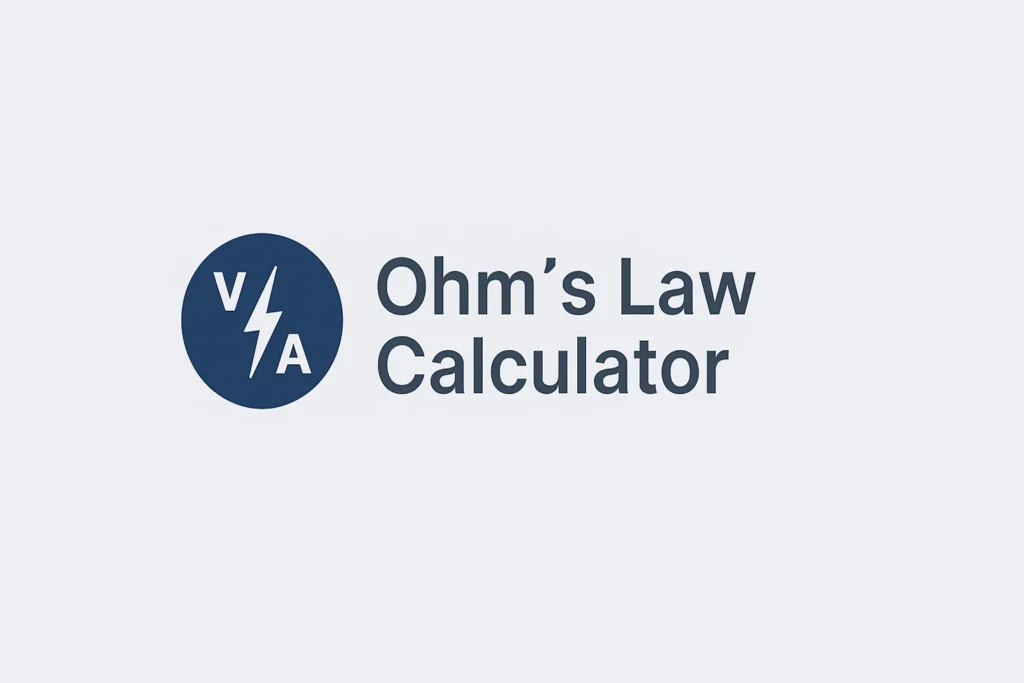Parallel Resistor Calculator
Find the Equivalent Resistance ($R_{eq}$)
Enter Resistor Values (Ohms, $\Omega$)
Equivalent Resistance ($R_{eq}$):
Understanding the Parallel Resistor Calculator
In electronics, components like resistors can be connected in various configurations. When resistors are connected in parallel, the current has multiple paths to flow, which results in a decrease in the total circuit resistance. This tool calculates the single, theoretical resistor—the Equivalent Resistance ($R_{eq}$)—that could replace all the parallel resistors while keeping the overall circuit function the same.
This is crucial for circuit design, troubleshooting, and understanding how component choices affect the total current draw and voltage distribution in an electronic system.
The Calculation Formula
The equivalent resistance for $n$ resistors in parallel is calculated by summing the reciprocals of the individual resistance values ($R_1, R_2, \dots, R_n$), and then taking the reciprocal of that sum. The fundamental formula is:
Or, solving for $R_{eq}$:
Step-by-Step Usage Guide
- Enter Resistor Values: The calculator starts with two resistor input fields. Enter the resistance value in Ohms ($\Omega$) for $R_1$ and $R_2$.
-
Add or Remove Resistors:
- Click the “Add Resistor” button to dynamically add a new input field ($R_3, R_4$, etc.).
- Click the small “Remove” button next to any resistor input to delete it from the calculation. You must have at least two resistors to perform a valid parallel calculation.
- Run Calculation: Once all your resistor values are entered, click the “Calculate $R_{eq}$” button.
- Interpret Results: The result section will update in real-time, displaying the specific reciprocal summation equation used and the final value for the Equivalent Resistance ($R_{eq}$) in Ohms ($\Omega$). Note that all decimal results are rounded to two decimal places for practical use.
Note: The final equivalent resistance ($R_{eq}$) of a parallel circuit will always be less than the smallest individual resistor value.





